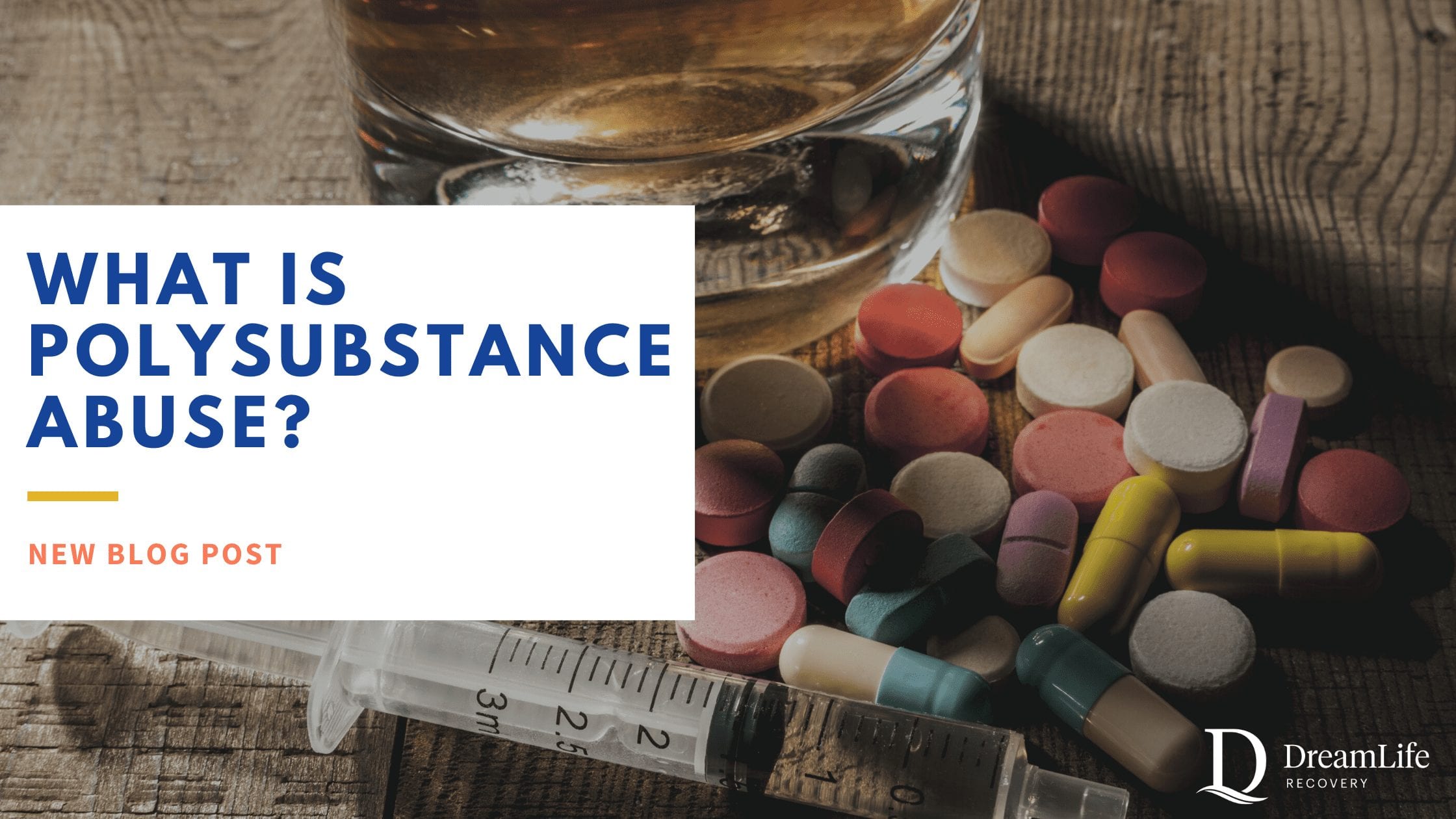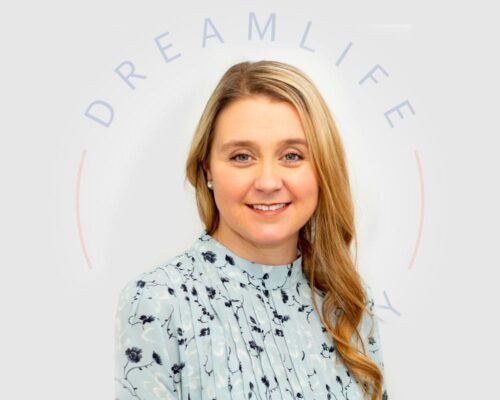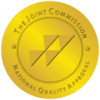What is Polysubstance Abuse?
December 17, 2020 - Substance Abuse
Medically Reviewed by Brooke Mckenzie


Written By
DreamLife RecoveryA-bomb, blipping, candy flipping, 3M, chronic, kitty boosting, speedball, robo flipping, chasing the dragon, handlebars, screwball—these are all slang terms for popular drug cocktails: combinations of substances taken to induce a particular sensation and high. It is common for people to mix alcohol and drugs or to take multiple drugs to alter the effects like mixing cocaine, triple c drugs like cough syrup, a stimulant, and heroin, a depressant. While this may be a common practice, particularly among young people, taking more than one substance is not only dangerous—it is becoming increasingly deadly trend, known professionally as polysubstance abuse.
A Boston Medical Center Study has found that overdose deaths involving multiple substances among people ages 13 to 25 increased by 376 percent from 1999 to 2018. Combining drugs can lead to polysubstance abuse, which is when a person is addicted to taking multiple substances and drug use in general. Treating polysubstance dependence and abuse requires a team of treatment professionals who can address the varying effects of each substance involved and understand how each one factors into the addiction.
What is Polysubstance Abuse?
Polysubstance abuse occurs when an individual develops the habit of using multiple substances and becomes dependent on them. The person may have a primary substance of abuse like alcohol, but they are mainly addicted to taking any drugs that they may combine with the primary substance like cocaine, Xanax, heroin, or Adderall. The difference between polysubstance abuse and a co-occurring substance use disorder is that polysubstance abuse is marked by indiscriminate use of a range of substances rather than having two primary substances of abuse.
For example, one weekend, a person may drink alcohol at a party and then use cocaine mixed with MDMA. At a friend’s house the next day they might start out drinking alcohol and smoking marijuana before taking a Xanax while the next night they take MDMA and ketamine at a rave. The bingeing pattern and misuse of multiple substances can lead to addiction. The person may start to feel unable to go out or be around friends without taking drugs. While they may not be addicted to one substance in particular, they are addicted to getting high and will take any combination of drugs to achieve this effect.

Polysubstance dependence and abuse is not safe because the combination of these substances can cause unexpected side effects, like respiratory depression, seizure, heart attack, organ failure, and psychosis among other serious health complications. In the long-term, people may develop a range of symptoms like depression and anxiety, and they may experience a compounding of trauma due to the risky behaviors and situations that result from the addiction.
Polysubstance abuse increases the risk of health complications, overdose, and death. Data pulled from the Centers for Disease Control and Prevention’s overdose reporting system revealed that in the first six months of 2018, almost 63 percent of opioid overdose deaths involved non-opioid substances like cocaine and benzodiazepines. In that same year, the CDC found that among the 15,000 reported cocaine overdose deaths, 11,0000 involved opioids. The risk of overdose increases when mixing substances because one drug can mask the effects of another, leading a person to take a dose their body is not equipped to handle, or the interaction of the substances may compound the effects, which is often the case when two depressants like opioids and alcohol are mixed.
What are the Signs of Polysubstance Abuse?
If you are worried that someone you care about may be misusing multiple drugs, you may be looking for signs of polysubstance abuse. While it may seem harder to recognize polysubstance abuse, there are signs may indicate that someone is struggling with this addictive disorder including:
- A notable change in personality or behavior
- Trouble keeping up with schoolwork, job responsibilities, obligations, or relationships
- Losing interest in hobbies, activities, friends
- Mood swings or irritability
- An increased need for privacy or sneaking around
- Visible intoxication (slurred speech, disorientation, droopy eyelids, lack of coordination, speaking really fast, dilated pupils, bloodshot eyes, jaw clenching, etc)
- Asking for money or stealing money or valuables to buy drugs
- Going to doctors frequently for prescriptions
- Disappearing for periods of time without explanation
- Increased injuries or health issues
- Getting into problems with the law (DUI, arrest)
Each person may display different behaviors in addiction, and it may not always be easy to recognize in the early stages. With polysubstance abuse, it can be harder to recognize since the person may not display obvious signs associated with specific substances like heroin or methamphetamine use. If you suspect that a loved one is dealing with a substance use disorder, it is important to talk to them about your concerns for their well-being. Sometimes the person may be afraid to admit they have a drug problem, so approaching them with compassion and the offer of help could be the nudge they need to seek treatment.
Treatment for Polysubstance Abuse
Detox for polysubstance dependence and abuse requires medical supervision because the patient may experience a mix of withdrawal symptoms depending on the substances they developed physical dependence on in their addiction. To ensure safety, it is best that the person stay at a medically supervised detox facility where they can be carefully monitored and treated by clinical professionals.
Treatment for polysubstance abuse requires an individualized approach. A treatment facility should have a team of clinicians and therapists who are equipped to address the issues related to the range of substances of abuse and to work with the individual to determine how and why these are used. Treating a person only for the primary substance of abuse without considering how other substances factor into the addiction will not offer a solid foundation for recovery. Instead, a coordinated, comprehensive treatment program is necessary for polysubstance abuse to get at the underlying causes of addiction.
Most importantly, offering individuals new coping skills for managing triggers and cravings and providing a personalized recovery plan for the long-term is key to a successful polysubstance dependence treatment program. At DreamLife Recovery in western Pennsylvania, our team of clinicians and therapists are experienced in helping individuals with all types of addictive disorders, including polysubstance abuse. We offer each person who enters our treatment program the chance to heal and recover from addiction to lead a healthy, productive life in long-term recovery.
Resources:
- “Fatal opioid overdoses in young people often involve abuse of multiple drugs” – Philly Voice, Tracy Romero; 23 Nov. 2020
- Gladden RM, O’Donnell J, Mattson CL, Seth P. Changes in Opioid-Involved Overdose Deaths by Opioid Type and Presence of Benzodiazepines, Cocaine, and Methamphetamine – 25 States, July-December 2017 to January-June 2018. MMWR Morb Mortal Wkly Rep. 2019 Aug 30;68(34):737-744
- “Opioid Overdose Crisis Compounded by Polysubstance Use” – PEW, 8 Oct. 2020
- Connor JP, Gullo MJ, White A, Kelly AB. Polysubstance use: diagnostic challenges, patterns of use and health. Curr Opin Psychiatry. 2014 Jul;27(4):269-75
- “Commonly Used Drugs” – National Institute on Drug Abuse; June 2020







